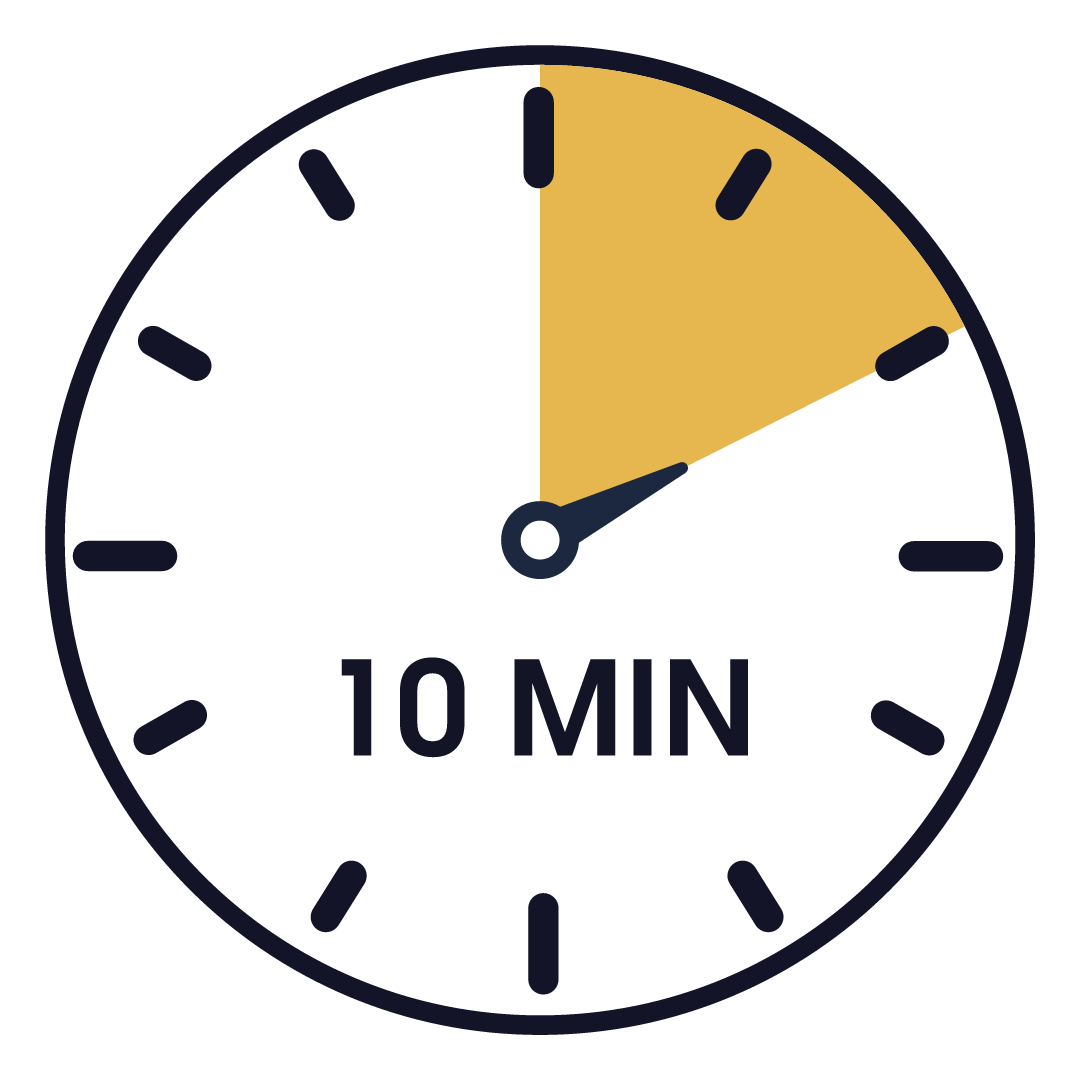Practice Quiz
Q1. What is the main purpose of alpha-beta pruning in the minimax algorithm?
- A) To increase the number of nodes in the search tree.
- B) To find the optimal minimax solution while avoiding unnecessary subtree searches.
- C) To evaluate heuristic functions.
- D) To implement depth-first search.
Q2. In the context of chess, why is depth-limiting used as an optimization technique?
- A) Because chess requires a complete search of the game tree.
- B) To limit the depth of the search tree due to the large number of possible moves in chess.
- C) To enhance the efficiency of the minimax algorithm.
- D) To calculate the exact number of moves ahead.
Q3. Which of the following is a better heuristic evaluation function in chess?
- A) Counting the total number of moves made by a player.
- B) Calculating the straight-line distance to the king.
- C) Counting the total value of pieces on the board for each player.
- D) The number of possible checkmates in two moves.
Q4. Which optimization technique combines the space efficiency of DFS with the completeness of BFS?
- A) Dynamic Programming
- B) Iterative Deepening
- C) Simulated Annealing
- D) Beam Search
Q5. What is a unique feature of bidirectional search compared to other search techniques?
- A) It involves breaking the problem down into simpler sub-problems.
- B) It uses a heuristic to estimate the utility of a state.
- C) It runs two simultaneous searches, one forward from the initial state and the other backward from the goal.
- D) It limits the depth of the search tree to a specific number of moves.
Please try the quiz first before jumping into the solution below.

Answer Key
- Q1. B) To find the optimal minimax solution while avoiding unnecessary subtree searches.
- Q2. B) To limit the depth of the search tree due to the large number of possible moves in chess.
- Q3. C) Counting the total value of pieces on the board for each player.
- Q4. B) Iterative Deepening
- Q5. C) It runs two simultaneous searches, one forward from the initial state and the other backward from the goal.